HOME > Basketball
The strongest short player in history is Thomas, not Iverson, who has defeated Jordan several times
9:33pm, 4 July 2025【Basketball】
On July 4, height is often regarded as synonymous with talent in the giant sport of basketball, but history always has some exceptions to break the rules. When people talk about the strongest shorter player in history, Iverson's name is always mentioned first. However, digging deeper into NBA history, you will find that the real "short legend" has another person - Isaiah Thomas, the 1.85-meter-soul character of the Pistons, not only used two championship trophys to rewritten the ceiling of the short player, but also wrote the dynasty overture of the "Bad Boys" on the eve of Jordan's domination of the league.
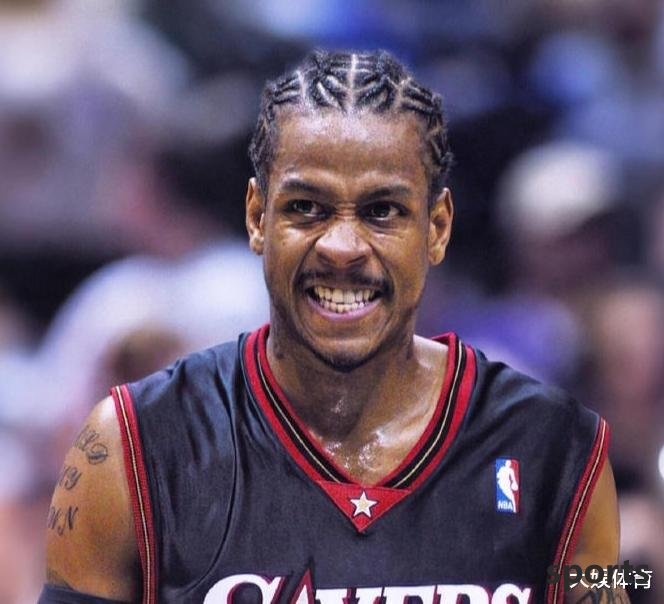
**1. Dominance behind the data: Underestimated peak performance**
Turning to Thomas' technical statistics for the 1984-85 season, the average of 21.2 points, 13.9 assists and 2.3 steals per game is still shocking in the contemporary view. That season, he became the shortest assist king in NBA history, and his record of 1,123 assists in a single season was not broken until thirty years later. Unlike Iverson's four-time scoring leader but only once in the finals, Thomas led the team to win the championship again with averaging 18.4 points and 9.4 assists per game in the 1989-90 season. In key playoffs, he repeatedly performed legendary performances such as 25 points in a single quarter and 43 points with injuries. It is particularly noteworthy that in the six games against the Bulls in the 1989 Eastern Conference Finals, Thomas averaged 24.7 points and 8.3 assists per game, tearing the defense line led by Jordan with a scalpel. Basketball data analysis expert Hollinger once calculated that Thomas's PER efficiency value reached 24.5 at his peak, second only to Magic Johnson in the point guard position, which far surpassed Iverson's career-high 23.0.
**2. Jordan Conqueror: The champion barrier forged by iron-blooded defense**
"Jordan Law " is the Pistons led by Thomas. In the three years of 1988-1990, the Pistons eliminated the Bulls seven times in the playoff series, and Thomas' defensive strategy against Jordan became a template for later research. He used the ultra-low center of gravity brought by his height of 1.85 meters to cooperate with Dumas and others to form a double-team network, suppressing Jordan's playoff shooting percentage to below 47%. In the 1990 Eastern Conference Finals G3, Thomas directly caused Jordan to make 8 mistakes in a single game. The then Bulls coach Collins recalled: "Isaiah is like a shadow attached to Michael's skin, he can predict the angle of each change. " This defensive wisdom is in sharp contrast to Iverson's gambling steals - Thomas's career defensive efficiency is 101.3, far better than Iverson's 104.7. It is this comprehensiveness that makes the Pistons the ultimate trial that Jordan must overcome before he ascends to the God-Long Level.
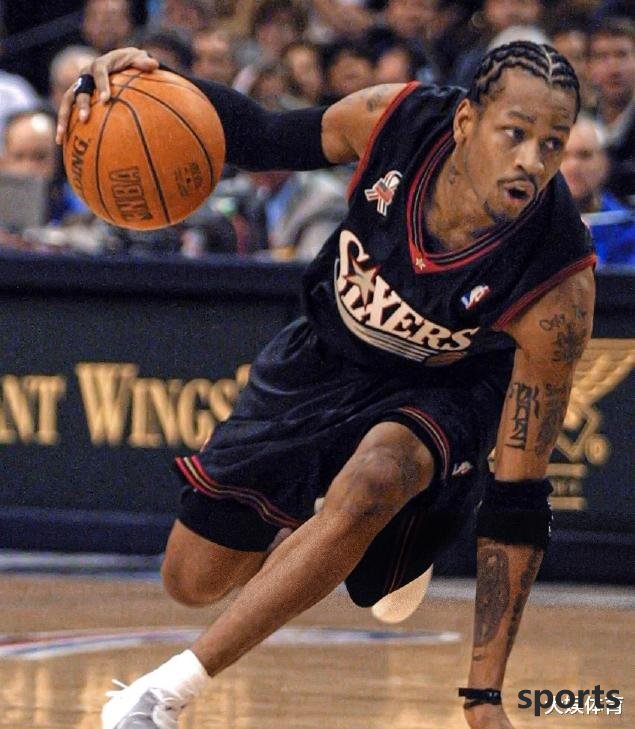
**3. Champion gene: Evolution from single to team-first **
Comparing the core difference between two short superstars lies in the dimension of understanding the game. Iverson's feat of leading the team in the 2001 single-core finals was great, but the 76ers' offensive efficiency was only 16th in the league in the season; in contrast, Thomas's Pistons in 1989 had high team offensive efficiency, and its "20-second offensive" system set a precedent for modern basketball's rapid transmission. Famous coach Chuck Daly once deciphered: "What's special about Isaiah is that he can use ground passes to find open Ranbill or Rodman when breaking through and attracting three players to double-team. "This trait that converts personal abilities into team advantages has made Thomas' career assist rate reach 41.2%, second only to Stockton in the point guard position. In the fifth game against the Trail Blazers in the 1990 Finals, he sent 14 assists to revitalize the entire team, using textbook-level organizational performance to prove that short players can also become the brain of the system.
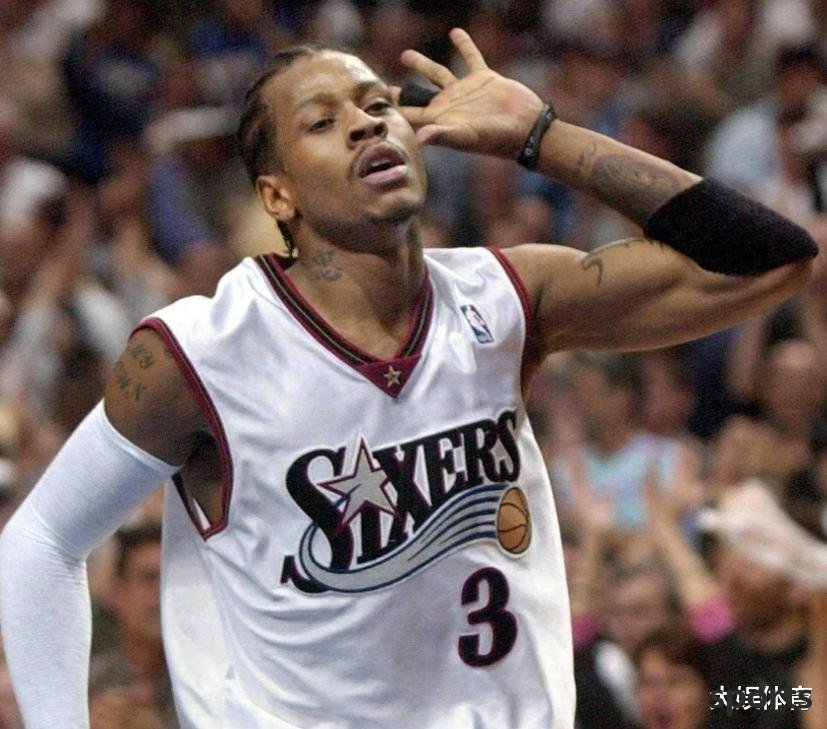
**4. The pioneer of the technological revolution: The founder of the law of survival of small people**
Thomas's technical library is an encyclopedia of short players. His signature turn combines ballerina-like balance with the explosive power of a rugby running back, and the move even sprained the defensive player’s ankle when he played against Spain in the 1984 Olympics. Unlike the Hyundai defender who relies on three-pointers, Thomas developed a 10-15-foot drop-off technology with a staggering 52.4% shooting percentage. What's more important is his use of physical confrontation - although he weighs only 82 kilograms, through core strength training, his ending success rate in the penalty area is as high as 58.3%, which is 4 percentage points higher than Curry today. Basketball technical analyst Kevin O'Connor pointed out: "Thomas proved that short men do not need to rely on long shots to dominate the game. The confrontation ending technology he created directly affected the development of Parker, Paul and others later. "
**5. Re-examination of historical status: Legends vaguely by the times**
In the NBA official 75 major stars selection, Thomas ranked 26th, higher than Iverson's 29th place. This ranking may better reflect the consensus in the professional field. His career victory contribution value reached 120.3, ranking seventh in the point guard position in history; his shooting percentage was 47.8% in critical moments in the playoffs, far exceeding Iverson's 39.2%. When we repeatedly appreciate Iverson crossover in the short video era, we should not forget that Thomas rewritten the possibility of short players in a more comprehensive way in the more stringent basketball environment of the 1980s. The evaluation of former Celtic star Bird is particularly pertinent: "Isaiah proves a truth - greatness does not depend on how many points you can score, but on how many games you can win the team. "
Looking back at the long river of NBA history, Thomas is like a dusty diamond. His legend not only lies in two championship rings, but also in breaking through the shackles of height determinism. Today, when contemporary basketball is increasingly emphasizing position blurring, the technical comprehensiveness, defensive resilience and leadership demonstrated by this 1.85-meter-85-meter point guard pioneer still illuminates the way forward for all short players with their dreams of basketball.. As we discuss the shortest player of all time, maybe it’s time to put down those gorgeous highlights for the time being and revisit the blood and sweat-filled championship footprints on the floor of the Auburn Hills Palace in Detroit.
Related Posts
- As expected! Reporters posted netizen prediction votes: 60% successfully predicted that James would not announce his retirement.
- A star who may retire in the NBA in the past five years. Time always says goodbye
- +1! The fourth player this summer goes abroad and joins the overseas league and is expected to become the next Yang Hansen
- Adebayo s girlfriend is too strong: He won 6 consecutive victories with 30+16, breaking the record and becoming the first person in WNBA history
- The Chinese men s basketball team will see a blowout talent in the next Olympics, and Yao Ming s dividends will gradually be reflected!
- NBA Rockets News: Renewal with Tate
- Wiggins takes a family on vacation and earns 250 million yuan. The Lakers want to trade him, and his wife has a good figure
- Heroes cherish each other! Pierce praised Kobe as the second Jordan, saying that defending him is very stressful
- NBA Playoffs: Unexpected 3-1, Kaiyong is in trouble, Nuggets Thunder King Mountain
- Chasing dreams and mocking Dillon was criticized by American netizens! James was caught in a gunfire!
Hot Posts
- As expected! Reporters posted netizen prediction votes: 60% successfully predicted that James would not announce his retirement.
- A star who may retire in the NBA in the past five years. Time always says goodbye
- +1! The fourth player this summer goes abroad and joins the overseas league and is expected to become the next Yang Hansen
- Adebayo s girlfriend is too strong: He won 6 consecutive victories with 30+16, breaking the record and becoming the first person in WNBA history
Recommend
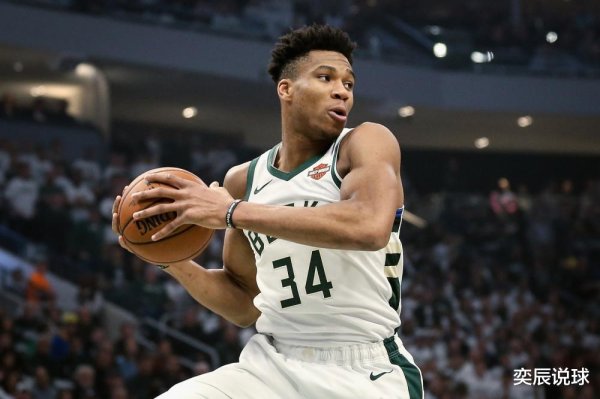
The countdown to Antetokounmpo s departure! The Thunder became the number one buyer, and the Lakers were criticized by famous reporters: What to exchange for?
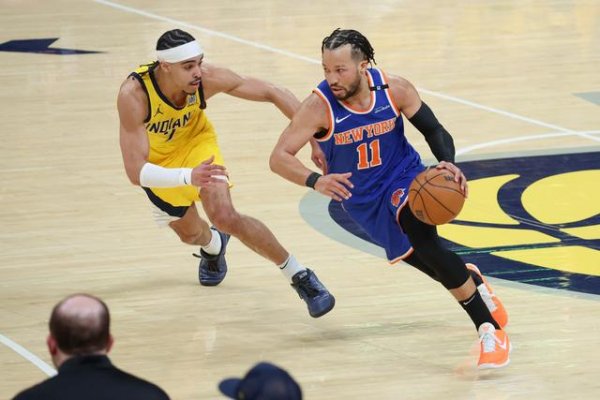
Cousins: The Knicks need KD/letters. Brunson s core shortcomings are too obvious. & it should be the second in command.

NBA President Xiao Hua said that the league will "seriously" discuss expansion plans this summer and add 2 teams

McGrady: This is my top five singles champion in NBA history! Harden is on the list with one data, and it is undisputed
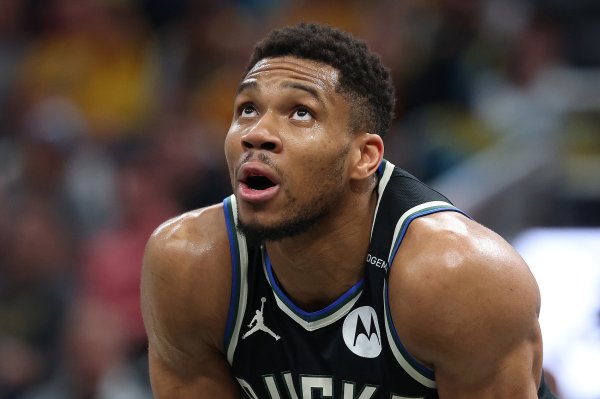
The Bucks may send Antetokounmpo away? Take stock of the potential trading plans of the 29 teams, Thunder & Rockets have rich chips
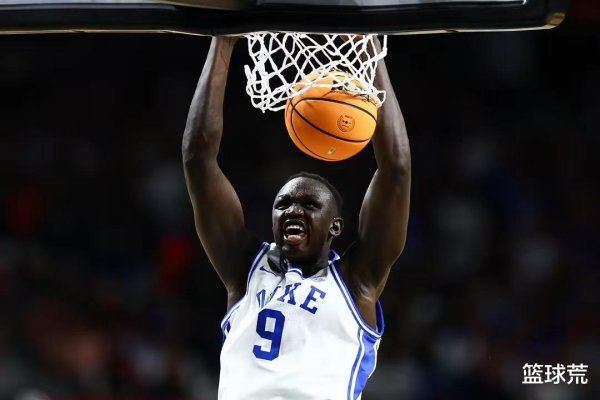
The team that has the most successful bargaining in the draft? Get the MOP in the trade and intercept the strongest talent in this draft

[NBA] Nuggets beat the Thunder 113-104 overtime, Gordon gives another three-pointer to save his life

Lake Media: Reeves next contract will have an annual salary of more than 30 million, while the Lakers can only provide 89.2 million in four years